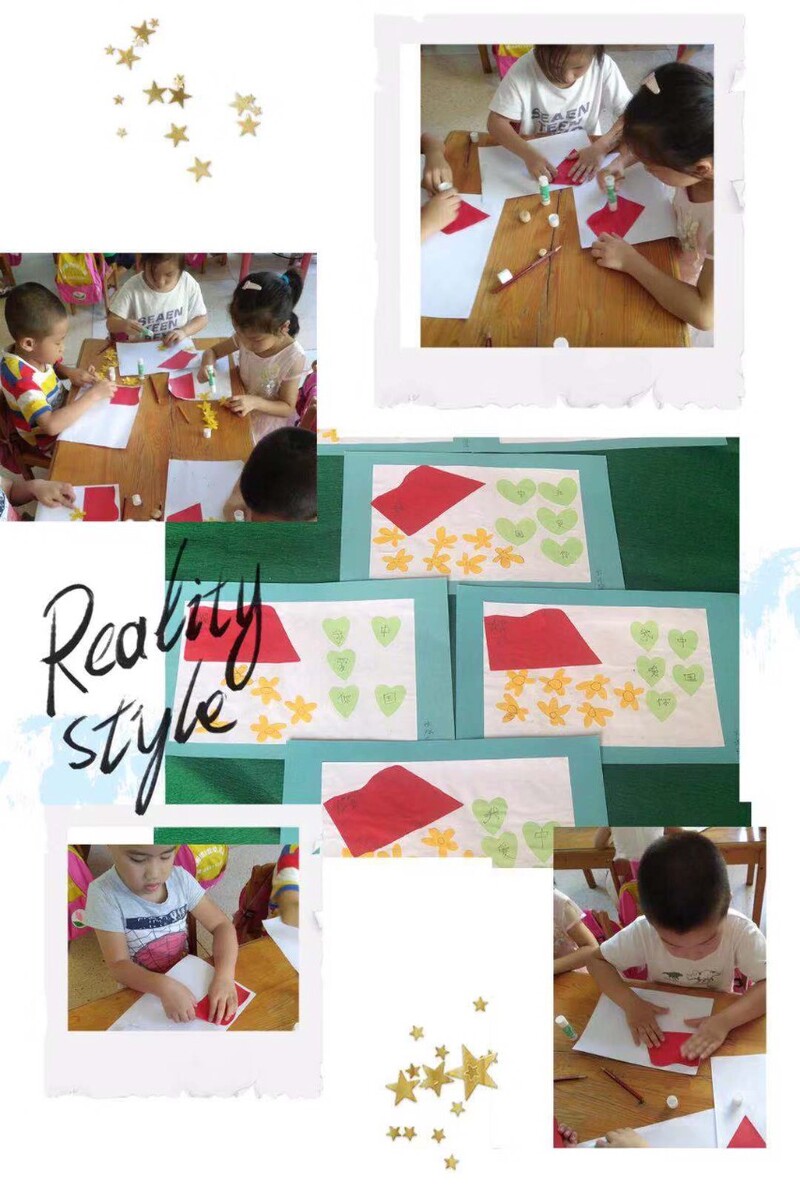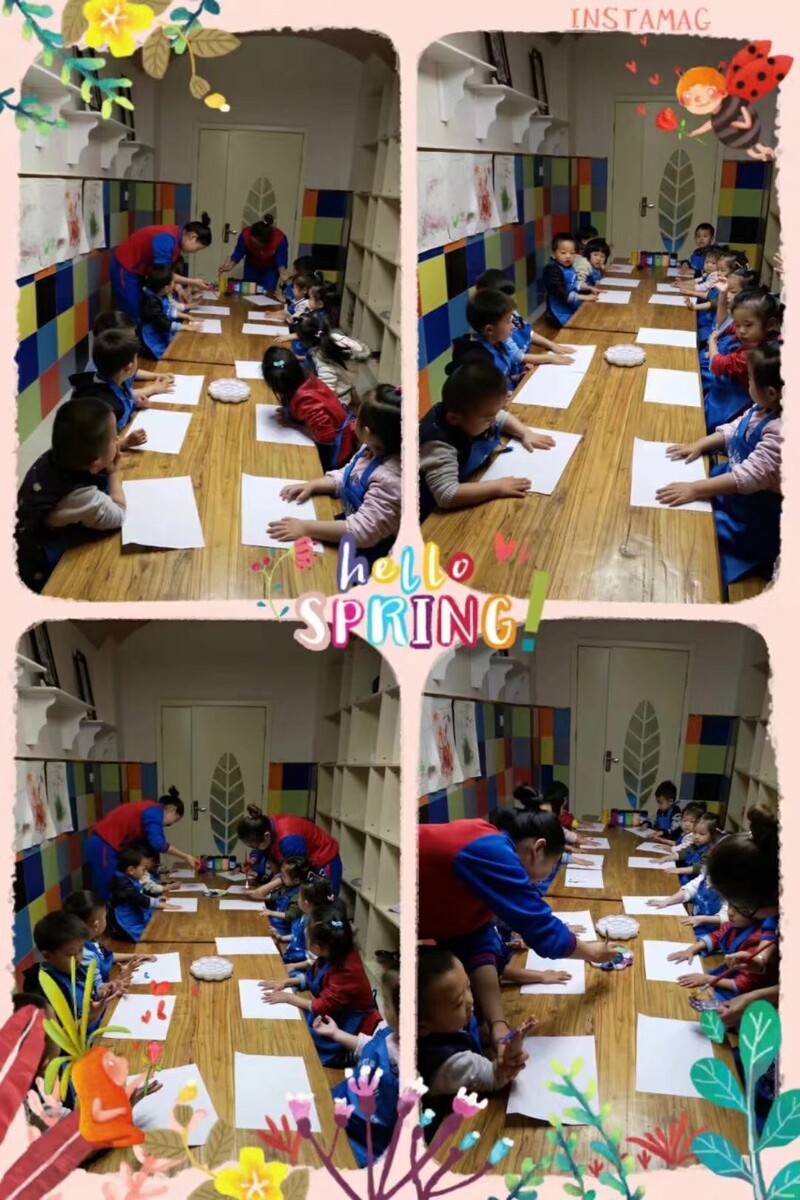本文目录一览
- 1,小学英语教育教案设计参考书
- 2,小学英语备课教案范文模板2020
- 3,小学英语教学中的课堂活动设计
- 4,小学英语教案范文五篇精选模板
- 5,怎样进行小学英语单元整体教学设计
- 6,急求小学英语教学设计范文或模式要英文版的
- 7,小学英语教学教学过程怎样设计
- 8,pep小学英语教学设计怎么写
- 9,小学英语教学设计怎么写有亮点
1,小学英语教育教案设计参考书

2,小学英语备课教案范文模板2020

3,小学英语教学中的课堂活动设计

4,小学英语教案范文五篇精选模板
5,怎样进行小学英语单元整体教学设计
6,急求小学英语教学设计范文或模式要英文版的
7,小学英语教学教学过程怎样设计
8,pep小学英语教学设计怎么写
9,小学英语教学设计怎么写有亮点
文章TAG:小学英语课堂设计模板 小学英语教育教案设计参考书














